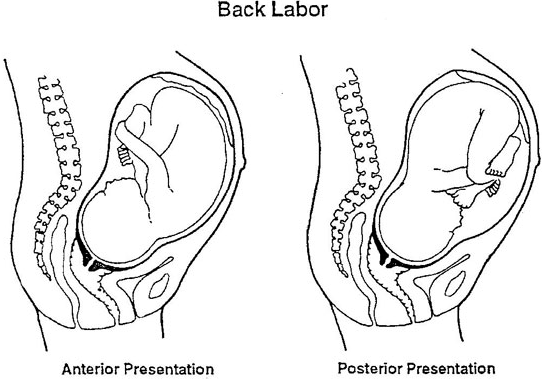How to turn a posterior baby
I was recently asked about how to turn a posterior a baby and whether yoga could help. My answer was of course – yes! I created this explainer video below and a yoga flow over in my Online Yoga Circle to help turn a posterior baby.
What is a posterior baby?
The posterior positioning of a baby simply means that while baby is head down, he or she is back to back with you. Babies in posterior positions can be born without any additional complications, however anterior positioning is said to be ideal as posterior can increase the amount of back pain or pressure that is felt.
Why do we want to turn a posterior baby?
In some women the posterior positioning of babies can create more pain or pressure in the back during labour and potentially slow down labour. During labour babies make a series of movements to manoeuvre through the pelvis. It’s believed that anterior positioning makes this path smoother (though this will depend on each individual woman and then shape of her pelvis). Ultimately, our focus is creating the space and alignment in the body so that baby can move into their ideal position for birth.
How to turn a posterior baby
Whilst we can’t ‘make’ a baby turn we can create more space in the body to encourage your baby to turn on their own. Any pose that allows the belly to hang freely and releases the ligaments that support the pelvis is going to be helpful. Whilst anything that has you on your back or leaning back should be avoided.
A regular pregnancy yoga practice has been shown to improve the alignment and mobility of the pelvis to help prepare for a smoother birth. If you’re brand new to pregnancy yoga, I’d recommend downloading my free pregnancy yoga guide here.
I’ve created a video to explain some of the poses that can help a posterior baby to turn and some poses to avoid. Watch it below or keep scrolling for the images instead.
Yoga poses to turn a posterior baby
Tabletop
Position your hands under your shoulders and your knees under your hips. Let your belly hang freely. Stay here and focus on using the breath to soften the belly or use movement (rocking side to side, making circles with the hips) to relax the body.
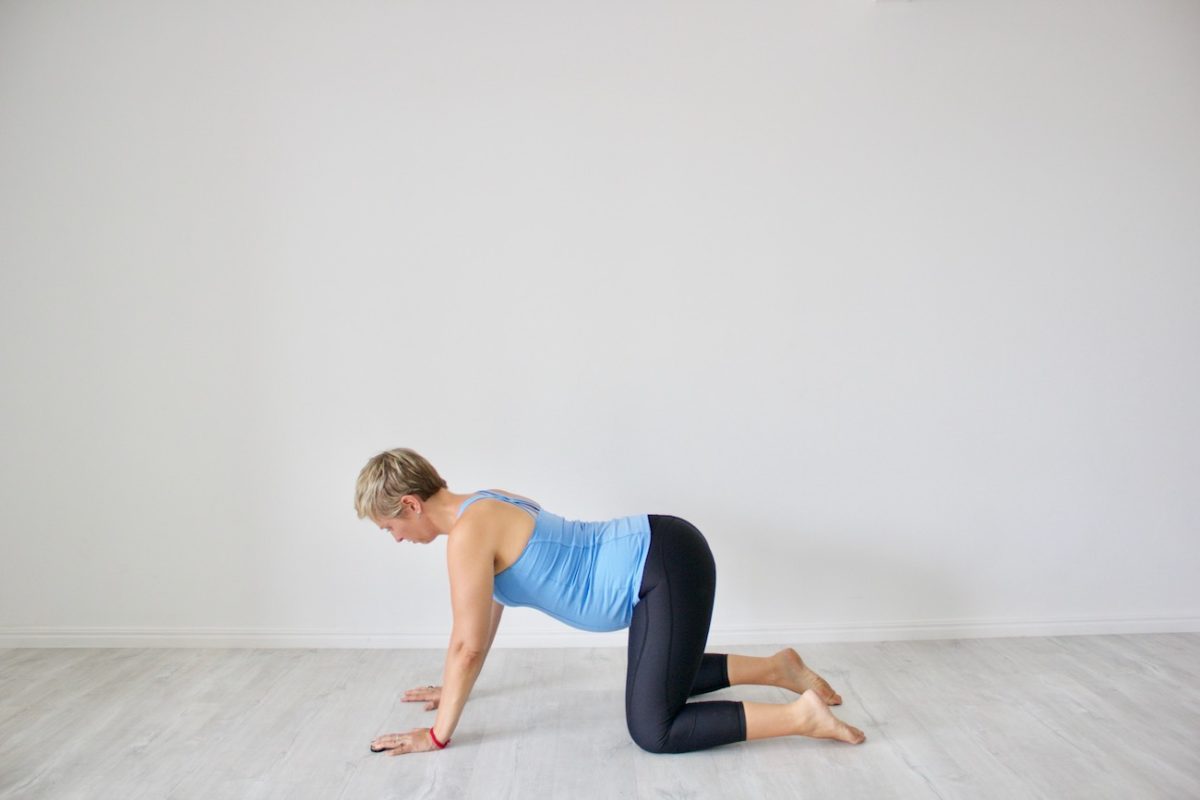
Puppy Pose
From tabletop, walk your hands forward and let your chest move towards the floor. If it is too intense on the shoulders and upper back, walk your hands back closer to you.
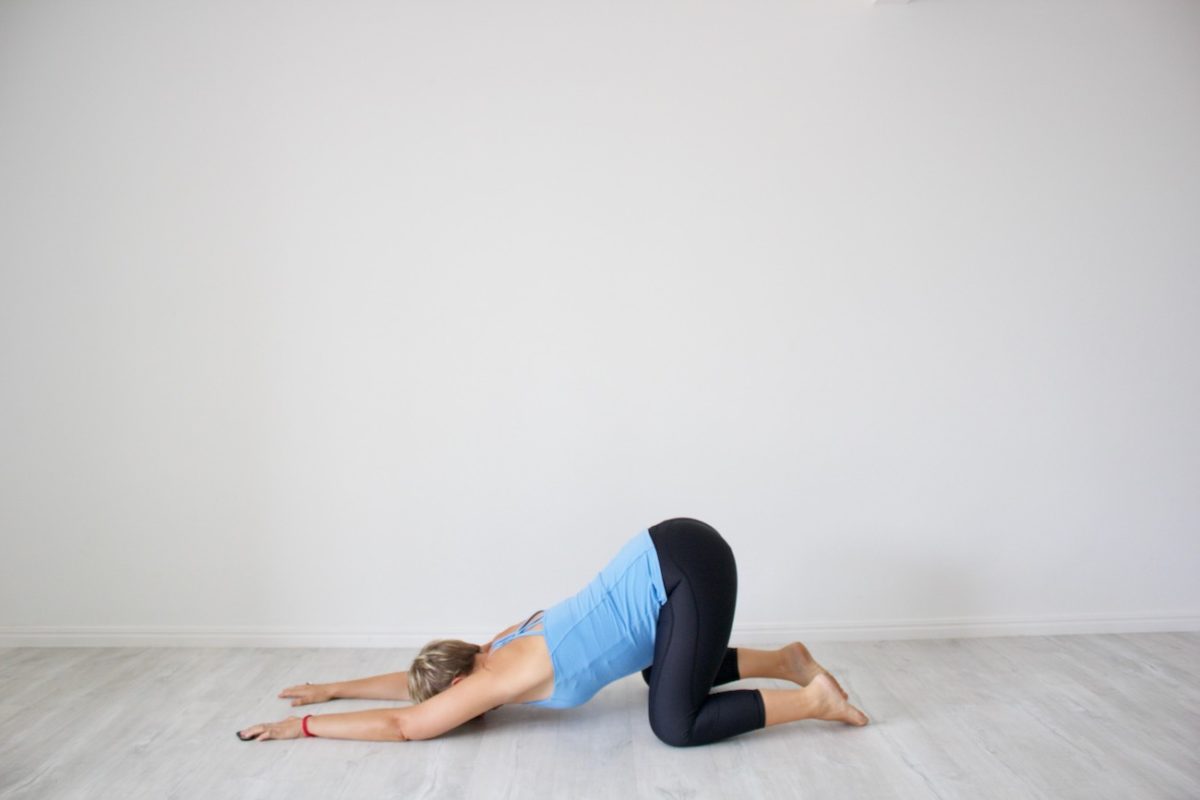
Downward Facing Dog
Keep your knees as bent as you need in this pose. You may even need to take the feet wider to accomodate your belly. Press into your hands to press the chest back towards your legs and let your belly hang. If the stretch in the back of your legs is too intense, bend your knees even more. This pose can also be done against the wall, to make it less strenuous on your body.
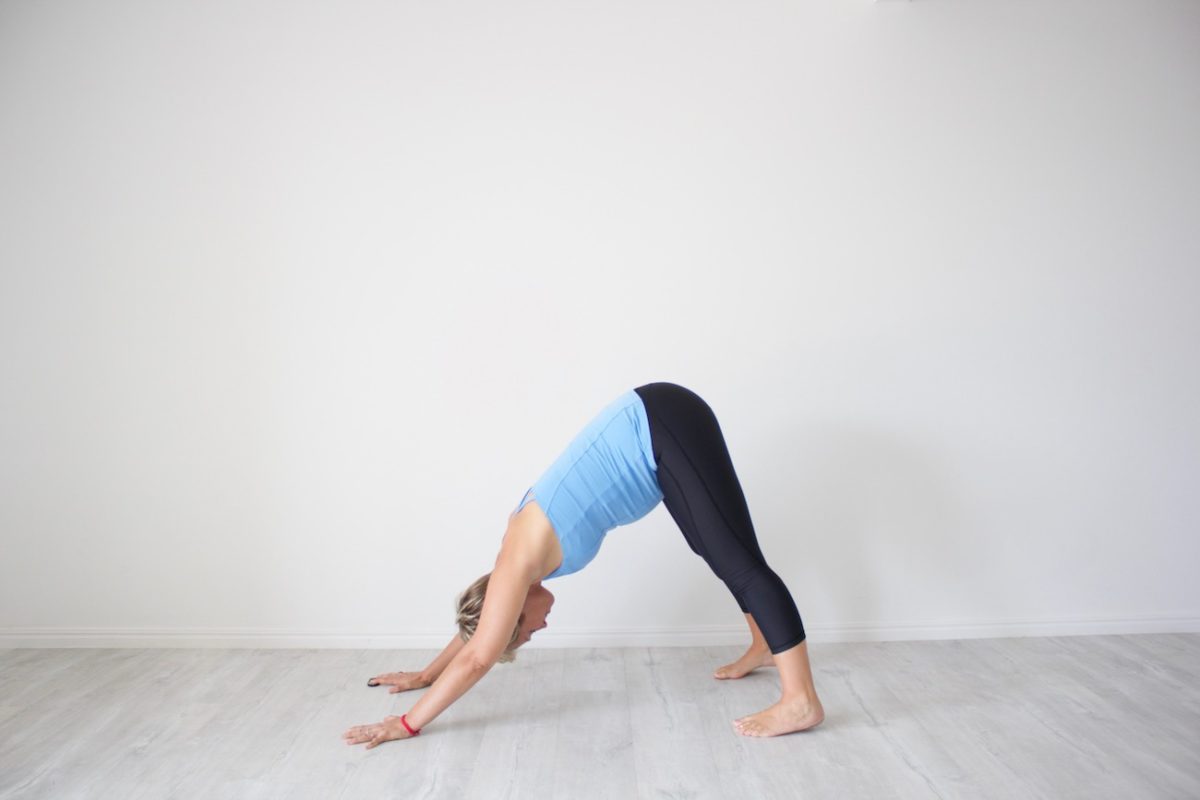
Side lying with top leg hanging
Bring a pillow or cushion in front of you so that your top leg can bend and hang forward. Lean your weight forward into the cushion so that your belly can rest comfortably. This helps to make space in your pelvis, allowing baby to turn.
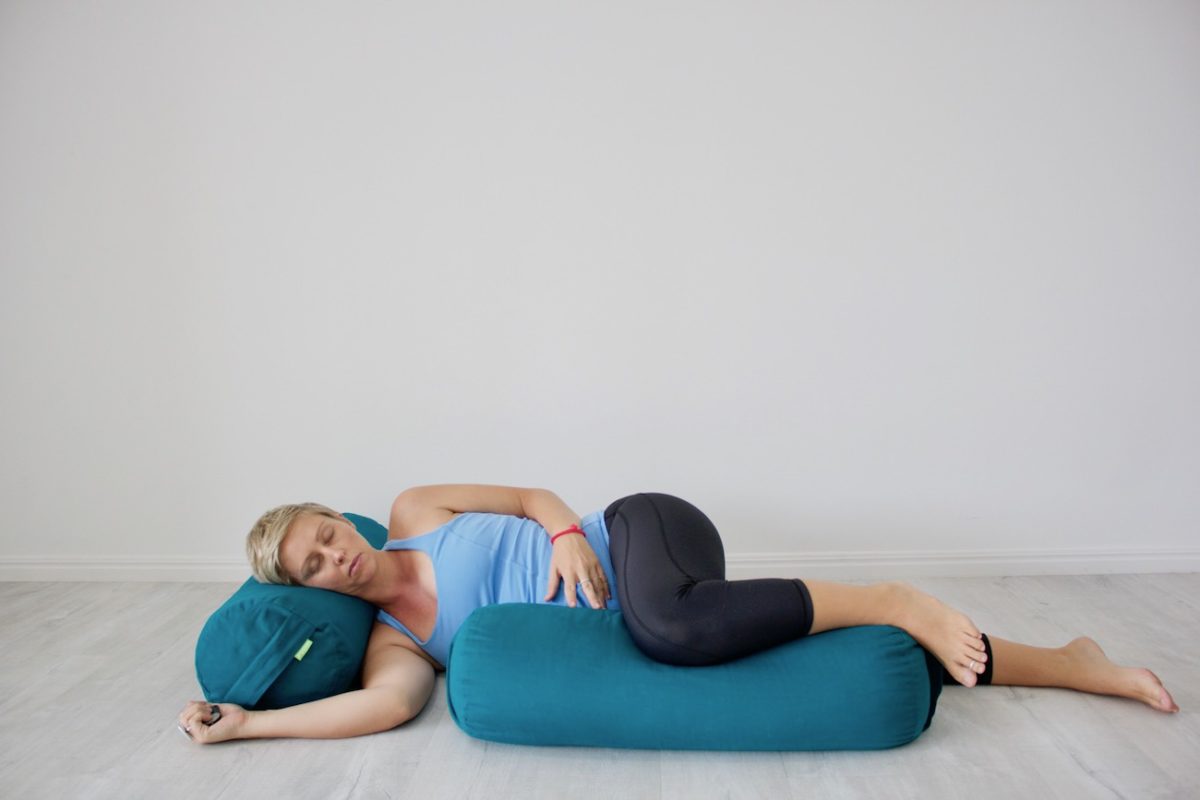
Squat against wall and lift belly (during contractions)
Press the low back into the wall to tilt the pelvis forward slightly and lengthen the lower back. You can use this pose during contractions while also gently lifting your belly up to encourage a baby who is already engaged in the pelvis to move back a little and turn to an anterior position.
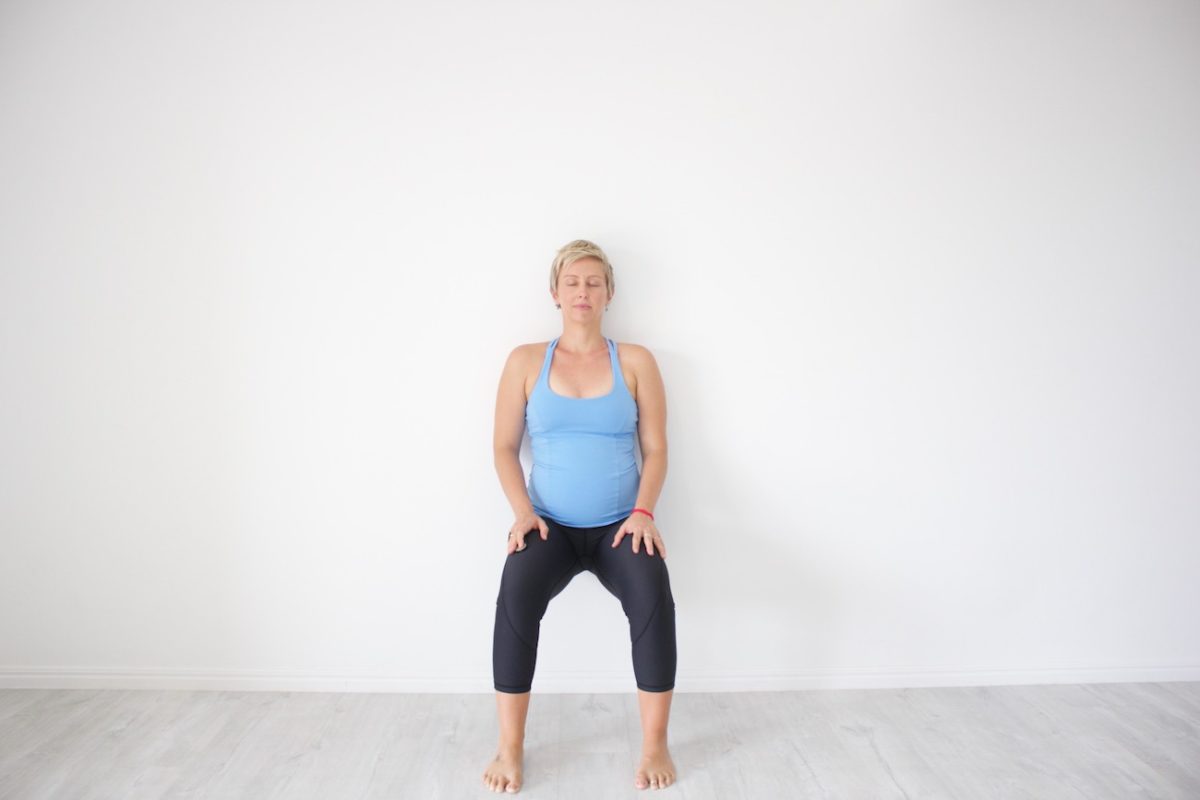
Forward leaning inversion
This pose can be practiced using bolsters (as in the image below) or off a bed or a couch. I recommend only practicing this pose when you have someone to support you to move in and out safely.
Bring your knees to the edge of the bolsters (or couch or bed) and carefully step your hands down to the floor underneath the chest. One you feel stable walk the hands out a little further and then come down onto the forearms. We do this so that the thighs and torso make an A shape. Stay and breathe here for five full breaths.
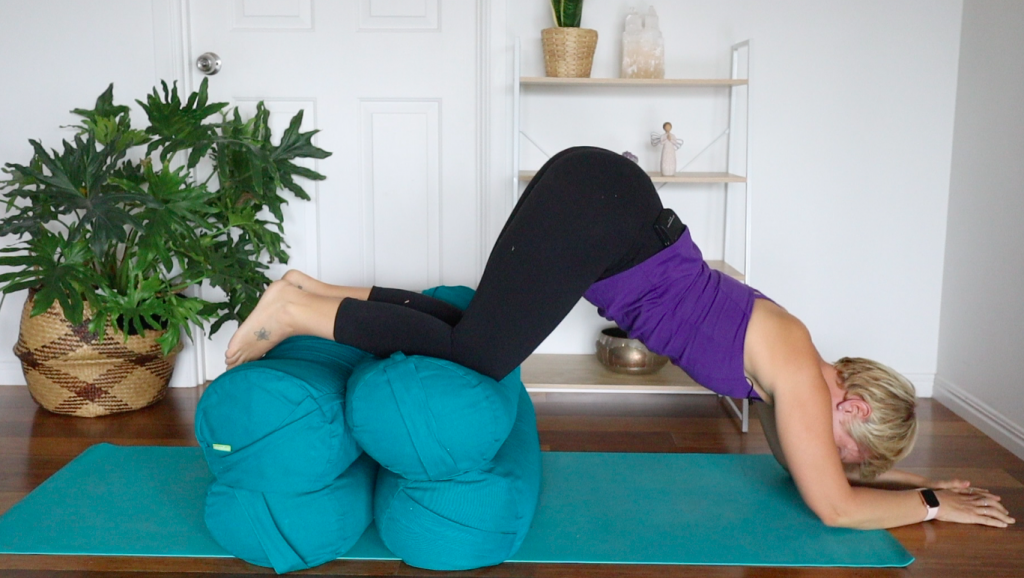
Positions to avoid when you have a posterior baby
Lying or reclining on back
This sort of position (or even reclining on the couch) limits the amount of space that baby has and makes it harder (and less likely) for them to turn.
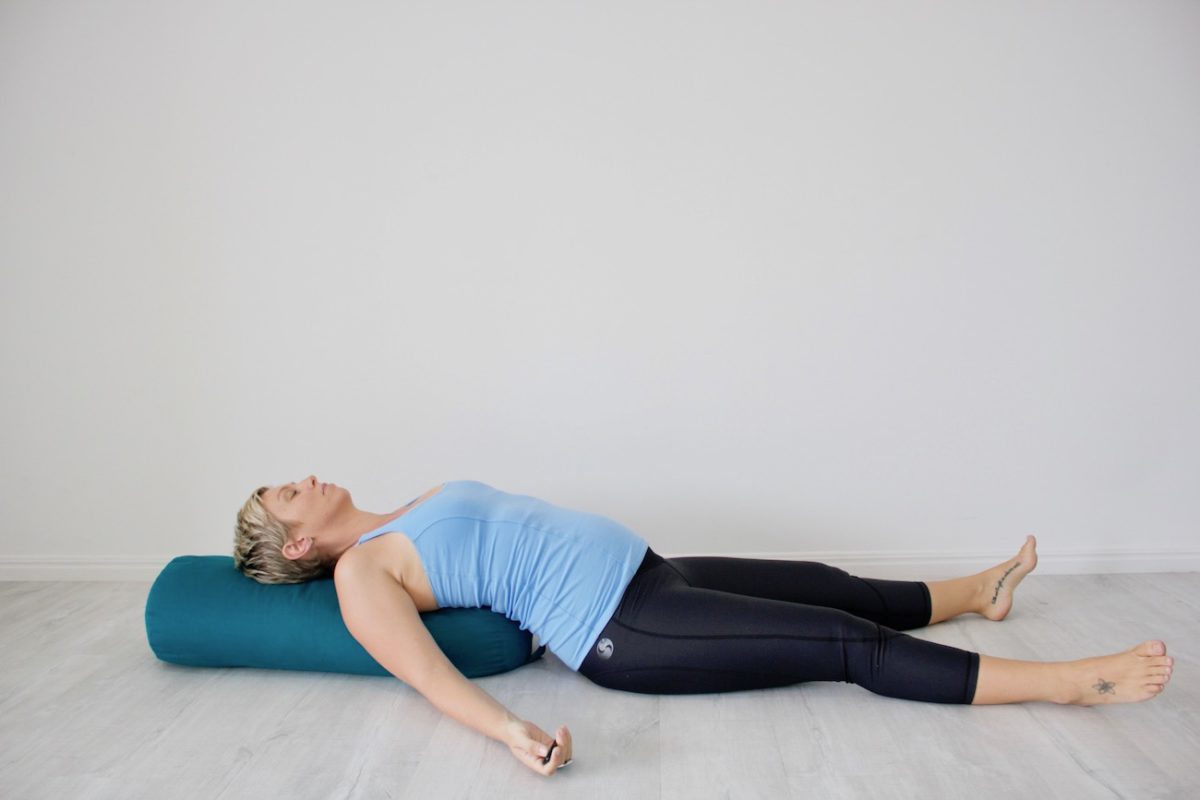
Other tips to turn a posterior baby
+ Don’t stress about baby turning, he or she will if they’re meant to. Anxiety and fear causes the body to tense, which is exactly the opposite of how you want to be heading into birth.
+ Visualise your baby in the anterior position.
+ Visit a chiropractor or osteopath who can help ensure your pelvis is in alignment which can encourage baby to turn.
+ Practice yoga in the last few weeks of your pregnancy that includes all of these poses and gives baby enough space to turn. I have a yoga flow to encourage a posterior baby to turn over in my Online Yoga Circle. Check it out here.

